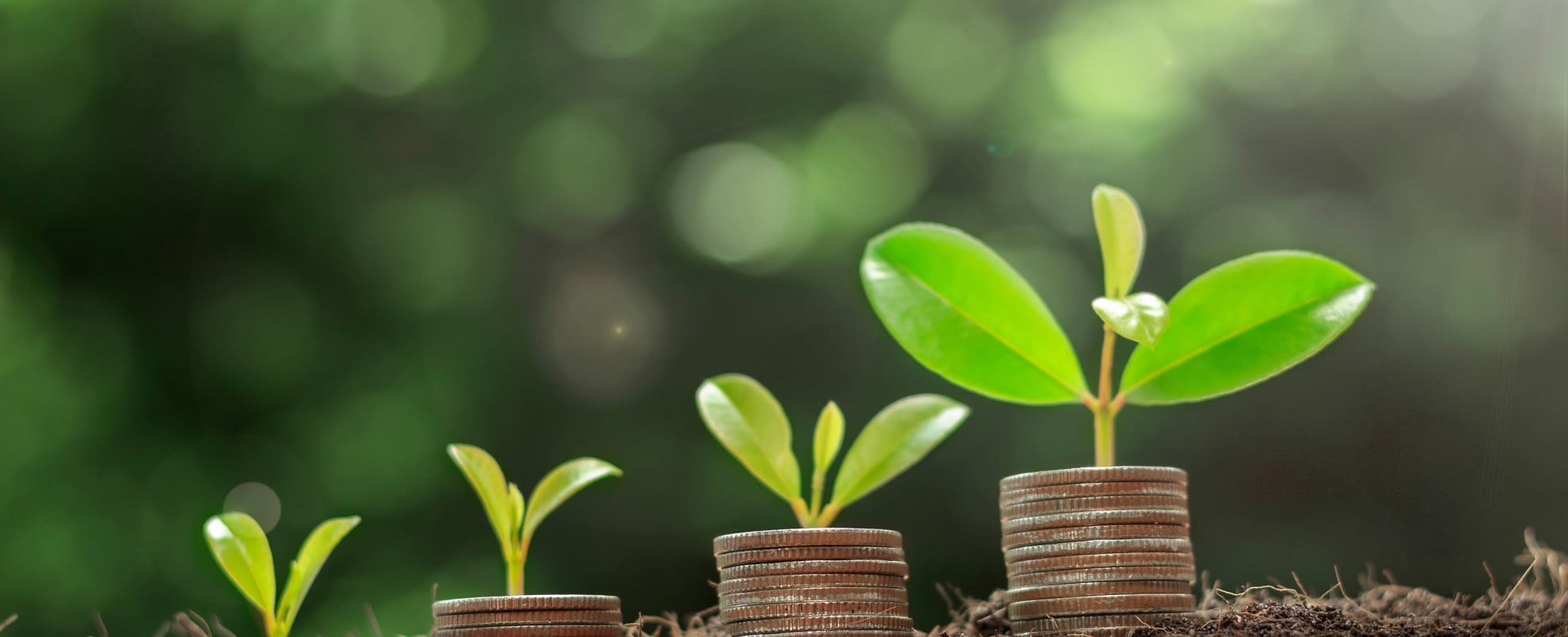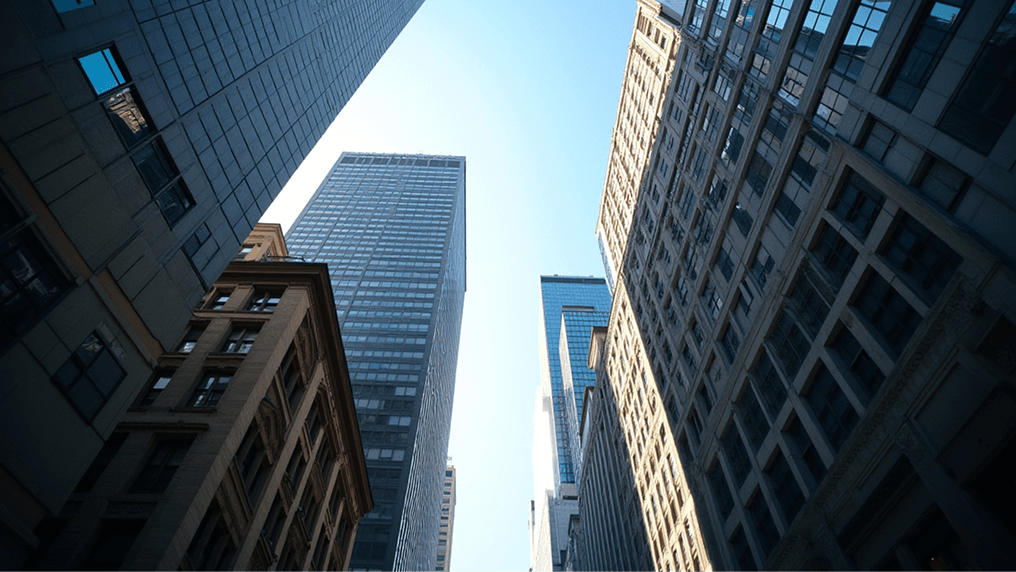To fully capture the circular economy opportunity and trigger catalytic unlocks for the entire market, finance must break out of silos and think innovatively.
From MRI machines and moonwalks, to penicillin, plastic and the printing press — anything is possible when innovation meets finance.
Yet the pursuit of economic and technological advancement has brought new challenges — climate change, biodiversity loss, waste and pollution. Progress, per se, isn’t the problem. The triple planetary crisis isn’t a direct consequence of human development, but of the way in which it has been handled in a historical (and current) take-make-waste economic model.
We have a solution — or, rather, many interconnected solutions, which now need knitting together. The circular economycircular economyA systems solution framework that tackles global challenges like climate change, biodiversity loss, waste, and pollution. It is based on three principles, driven by design: eliminate waste and pollution, circulate products and materials (at their highest value), and regenerate nature. offers a new operating model for our economy: one that builds economic and environmental resilience and creates growth that benefits business, society and the natural environment.
The circular economy is not only happening, but happening almost everywhere: from collective commitments and big business-led actions to startups incubating ideas and seeding solutions. Decoupling revenue from production and resource use has reached a pivotal “work in progress” phase.
Fashion is figuring out how to make money without making new clothes, the built environment is on the cusp of recognizing the economic and social benefits of nature-positive cities, and companies across the food system are using circular design principles to pioneer products that allow nature to thrive. Is the circular economy transformation happening fast enough? Well, no — not yet. What could supercharge solutions at speed? That magical missing piece: finance. But the current model of financing the circular economy transformation requires a rethink.
The policy landscape — a critical enabler of the circular economy — is also shaping up: Legislation on Extended Producer Responsibility (EPR) for textiles, ecodesign rules such as right to repairrepairOperation by which a faulty or broken product or component is returned back to a usable state to fulfil its intended use., and legally binding instruments such as the Global Plastics Treaty (for which negotiations will complete in Busan, Republic of Korea, later this year), as well as a rapid proliferation of national circular economy roadmaps, will help build confidence in future market conditions.
Here’s how finance can successfully capture the circular economy opportunity and trigger catalytic unlocks for the entire market.
Money made the linear world go round. Now it must turn it circular.
Increased awareness, ambition and action have led to significant market growth for circular economy business models. The $46 billion upcycled food market is projected to grow at 5 percent annually. In fashion, seven rental and resale platforms have reached unicorn status since 2019. The secondhand tech market, led by startup Back Market, is booming.
Between tangible new revenues, significant potential cost savings and superior risk-adjusted financial returns to investors, circular economy business models are proving their worth and competitive advantage. This includes the regeneration of nature. For example, adopting regenerative agriculture practices can lower operating costs and raise output prices over the long term, generating resilience both in the ground and in the pocket.
By negative contrast, the economic risks — from climate damage costs to value loss and increasing liability from stranded assets — attached to continued investment in a linear economic model are growing. Today, economic policies are hardwired for and by the linear economylinear economyAn economy in which finite resources are extracted to make products that are used - generally not to their full potential - and then thrown away ('take-make-waste').. But as the policy path to a circular economy becomes clearer, early adopters can earn high rewards.
It’s never been more important to take the long view, given the increasing unpredictability of the global macroeconomic landscape. Several factors are exposing the vulnerabilities of traditional linear approaches, such as price volatility, logistical challenges and supply chain disruptions (from destabilizing events such as pandemics, geopolitical conflict and extreme weather).
Amid escalating commodity prices, finite materialsfinite materialsMaterials that are non-renewable on timescales relevant to the economy, i.e. not geological timescales. will only become scarcer in a resource-constrained world. If no action is taken, companies can expect to lose almost half a year’s profit to supply chain disruptions over the course of a decade. A new approach is required. The circular economy offers a framework for supply chain resilience while at the same time meeting climate and other environment objectives.
Money needs to find and fill the gaps to unlock opportunities
Circular economy financing is on the cusp and ready to capture. Opportunities exist in almost every sector of the economy. Focusing on high-impact upstream solutions can help to widen the ways into this growing market and, at the same time, help to address key barriers to scale. For example, funneling funds into critical gaps — such as the shared infrastructure needed to unlock a reuse revolution and scale returnable packaging — can provide catalytic unlocks for the entire market. Flexible financing schemes are also needed for the “missing middle” — medium-sized enterprises that have the ability, but not the means, to scale.
Upfront and set-up cash injections help to bolster business action and operationalize ideas. Beyond that, finance needs to welcome a fundamentally different way of thinking about cost and value. Circular business models change the very heart of how a business makes money by offering products to customers in a different way — as such, cash flows and financing needs are different, too. Fully capturing the circular economy opportunity will require finance to think innovatively, act differently and collaborate in new ways.
Diversify, diversify, diversify
Just as a diversity of species is crucial to ecosystem health, a diversity of solutions is crucial to achieving systems transformation. The same is true for finance. Scaling the circular economy requires diverse pools of capital and funds across industries and asset classes to enable the circular economy to shift at different intervention points along the value chain in a way that creates multiplier effects.
For those wondering when the best time to invest in the circular economy is, the answer is the same as for planting a tree — 20 years ago. When is the second-best time? Now.



